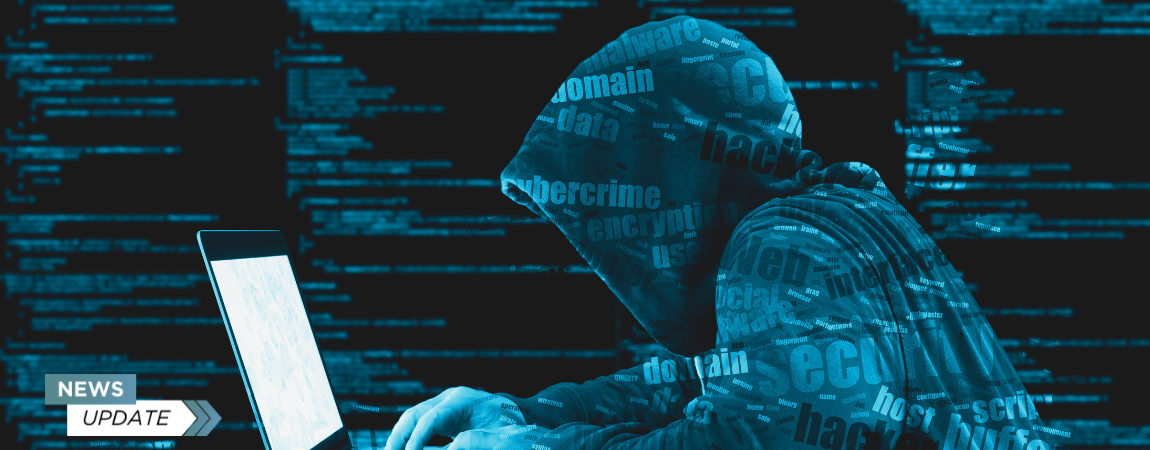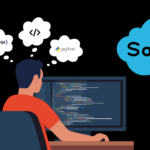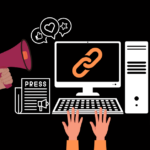With a global adoption rate of 26%, Business Intelligence Platforms (BIPs) have become essential tools in corporate decision-making. They transform complex data into actionable insights that guide strategies and key decisions in areas like product development, market expansion, market predictions, and financial planning.
Nonetheless, as organizations increasingly rely on SaaS for critical functions, they inadvertently expand their digital attack surface. BIPs in particular store vast amounts of sensitive data — from customer information to financial records. This makes them a lucrative target for cybercriminals.
Here, the stakes are high. So, how do you mitigate SaaS cybersecurity risks and safeguard your platform?
A breach in a BIP doesn’t just expose data; it can reveal a company’s secret strategies to competitors or bad actors. This makes it important for you as a SaaS builder to ship a safe and secure business intelligence platform.
Let’s begin with understanding common SaaS cybersecurity risks.
Table of Contents
Common SaaS Cybersecurity risks
How do you mitigate SaaS cybersecurity risks? Step 1 starts with understanding the risks.
- Data Breaches
BIPs aggregate sensitive data – sales pipelines, customer behaviors, financial projections, etc. So if a breach occurs, it won’t leak just any data; it will expose your clients’ plans and strategies to competitors, who may then use the information to undercut their campaigns.
- API Vulnerabilities
Your BIP cannot function without APIs. They are its lifeline, pulling data from CRMs, ERPs, and more. But each integration can also be a potential entry point for hackers. For example, a hidden API key in client-side code can let hackers breach your platform.
- Authentication Flaws
Authentication measures protect your clients’ accounts from unauthorized access. This means that having a weak authentication system leaves your platform more vulnerable to malicious actors.
- Zero-day Attack
A zero-day vulnerability is an undiscovered bug. You, the software maker, don’t know it exists, so you don’t have a security patch. This makes a zero-day bug extremely valuable to hackers and equally dangerous to your platform as they can exploit it before you can address it.
Overall, the best way to mitigate these SaaS cybersecurity risks and safeguard your BIP is to conduct regular cybersecurity assessments. So in the next section, we’ll break down what you should include in your SaaS Cybersecurity assessment checklist.
What Should Be Included In a SaaS Security Assessment?
How do you mitigate SaaS cybersecurity risks? Step 2 comes with performing an assessment to see where your vulnerabilities lie. But what should be included in a SaaS security assessment checklist?
- Data Inventory and Classification
Start by knowing the types of data that flow through your BIP and classify each by sensitivity. For example, supply chain optimization data is far more critical than market share analytics. Such classification helps you prioritize your defense parameters.
- Access Control Audit
Knowing who can see what is crucial for a SaaS cybersecurity risk assessment, especially for BIPs, where a single dashboard can reveal an enterprise’s entire strategy. This involves listing all access points (web, mobile, API), reviewing user roles and permissions, and assessing password policies.
- Data Flow Mapping
You should also map your data flow. Because your BIP is constantly exchanging data, your assessment should map data entry and exit points and track data transformations. This step is especially useful in revealing where potentially sensitive data might be exposed.
- Vendor Risk Assessment
Your SaaS BIP’s security is only as strong as its weakest vendor. So, you want to dive into and analyze your providers’ security architectures and certificates.
You should also vet open-source tools in your tool kit as they could be the source of a vulnerability. For example, the 2021 breach of the open-source platform Codecov wound up hitting countless CI/CD pipelines.
- Encryption Evaluation
Another crucial box in your SaaS security assessment checklist is encryption evaluation. Generally, you want to check if your encryption strategy is end-to-end and multilayered. This means database and file-level encryption, SSL/TLS for data in transit, and homomorphic encryptions for computation on encrypted data.
You should also check your key management. This is because encryption without proper key management is only obfuscation. If your keys are exposed, your “encrypted” data is an open book.
- Incident Response Plan Review
Being a solopreneur makes you the entire incident response team. And since business intelligence is a high-stakes affair, a sharp response plan is more than good practice; it’s survival. This means your assessment isn’t complete until you review your incident response plan.
This involves war-gaming specific scenarios and mapping out the proper response steps. You also want to check your communication templates and maybe have a trusted peer in the BIP community on standby; they might come in handy for emergency development tasks.
- Compliance Checklist
Last but definitely not least is your compliance checklist. Regulators take cyber security very seriously, especially where consumer data is involved. So, it’s best to have your strategy aligned with their demands or you’ll end up on the wrong side of a massive fine.
Depending on the sector and jurisdiction, you might have to check for:
- General Data Protection Regulation (GDPR)
- California Consumer Privacy Act (CCPA)
- California Privacy Rights Act (CPRA)
- Health Insurance Portability and Accountability Act (HIPAA)
- Sarbanes-Oxley Act (SOX)
- Payment Card Industry Data Security Standard (PCI DSS)
- System and Organization Controls 2 (SOC 2)
- And more…
How Do You Mitigate SaaS Cybersecurity Risks? Understand the Risks and Perform the Assessment
As a SaaS BIP entrepreneur, your clients trust your platform with their most sensitive insights. This trust, however, paints a target on your back. Cybercriminals see your platform as a vault of valuable data and insights they can use for blackmail or corporate espionage.
This makes mitigating cybersecurity risks the bedrock of your business. And, now that you know what should be included in a SaaS security assessment checklist, it shouldn’t be a hard task to accomplish.
So, how do you mitigate SaaS cybersecurity risks? Each security measure you take reinforces your BIP’s integrity. By prioritizing your platform’s security, you safeguard more than data; you protect your clients’ strategic advantage and your own hard-earned reputation.
With the Software as a Service market size expecting to see unparalleled growth over the next decade, securing your SaaS now could not be more important to your business (or your clients).




